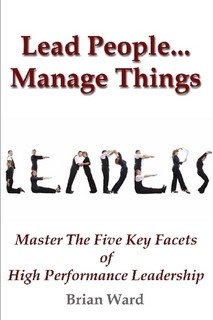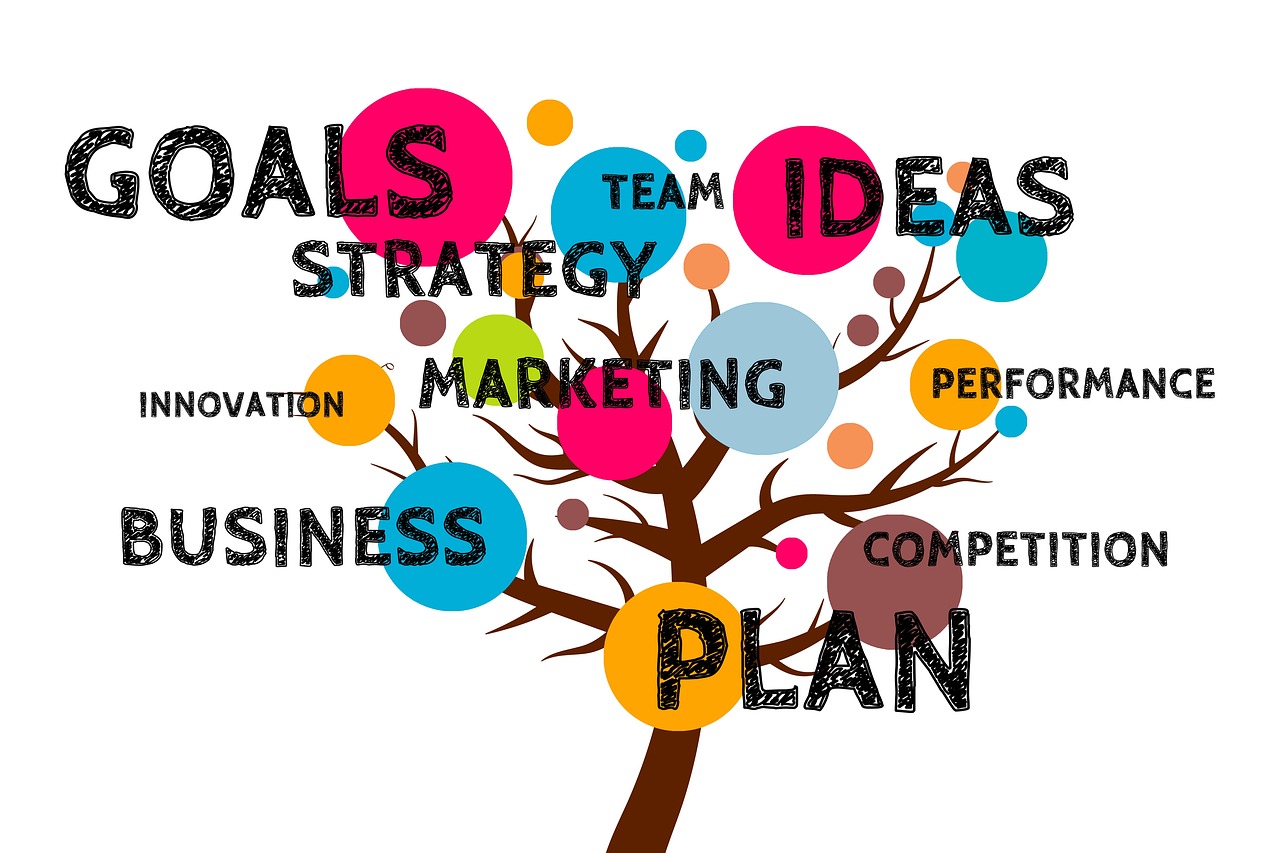Every successful leader I know learned to be a leader, not by attending classes on leadership, but by “being” a leader. When I look back on the successful leaders I personally know, and examine those larger than life leaders in history and business, a number of striking similarities emerge:
- They were hell-bent on achieving an ambitious goal. This was their primary motivation.
- They learned primarily, not from leadership models developed by leadership “experts”, but from real-life role models whom they admired.
- They sought out trusted mentors who were not afraid to ask them the tough questions when they hit the inevitable roadblocks on the way to achieving their ambitious goal.
- They mastered the relational, networking and communication skills needed to attract and retain the resources and talent that would help them achieve their ambitious goal.
I call the above the 4Ms:
- Motivators
- Models
- Mentors
- Mastery
I know many people who are leadership development professionals. I have the utmost respect for them. Yet every one of them I know will attest to the fact that despite billions of dollars spent annually on leadership development, effective leaders are still in very short supply. And the same leadership development professionals will tell you that the demand for inspiring, transformational leaders in their organizations is huge. I believe that people in organizations are disengaged for this reason alone.
Why is this? My own take on this is that leadership is a decision, not a position. By that I mean, if you really want to be a leader you need to make a decision to go after an ambitious goal. Too many people in leadership positions, especially senior ones, avoid this because their career and pay-check are guaranteed to them regardless of what they achieve. If a CEO decides to play it safe, then that decision has a trickle-down effect in their organization where everyone in a leadership position plays it safe. I’m not advocating reckless goal setting, but I am suggesting setting the bar high to begin with.
You start your journey to becoming a great leader by getting motivated to achieve an AMBITIOUS goal, not by attending more leadership development courses. Leadership skill-building and courses are important only after you make the decision to lead by setting an AMBITIOUS goal. If you are having trouble setting a truly ambitious or big goal, here are some real-world examples (some are missions/visions, some are strategic goals):
- President John F. Kennedy: This nation should commit itself to achieving the goal, before this decade is out, of landing a man on the moon and returning him safely to the earth.
- Susan G. Komen® for the Cure: A world without breast cancer.
- Novo Nordisk: To prevent, treat and ultimately cure diabetes.
- FedEx: The World on Time.
- Disney: We Make People Happy
- Mattel: To be the premier toy brands — today and tomorrow.
- Amazon: To build a place where people can come to find and discover anything they might want to buy online.
- SpaceX: Enable human exploration and settlement of Mars.
- AIESEC: Engage and develop every young person in the world.
- Google: Organize the world’s information and make it universally accessible and useful.
- Microsoft: A computer on every desk and in every home.
- Habitat for Humanity: A world where everyone has a safe and decent place to live.
- SolarAid: Eradicate the kerosene lamp from Africa by 2020 through the creation of a sustainable market for solar lights.
- Zappos: To provide the best customer service possible.
Leadership is a decision, not a position or title. So you first have to make a decision to lead others towards a worthwhile goal. After that, by all means, attend courses on leadership that will help you develop the skills and insights necessary to lead effectively.
About the Author
Brian Ward is co-founder and CEO of Affinity Consulting and Training. Based in Edmonton, Alberta he provides leadership and management development to organizations in the private and public sectors throughout Canada.
Receive a free downloadable copy of his book Lead People…Manage Things: Master The Five Key Facets of High-Performance Leadership when you subscribe to his weekly newsletter Monday Morning Mentor.










.png)





